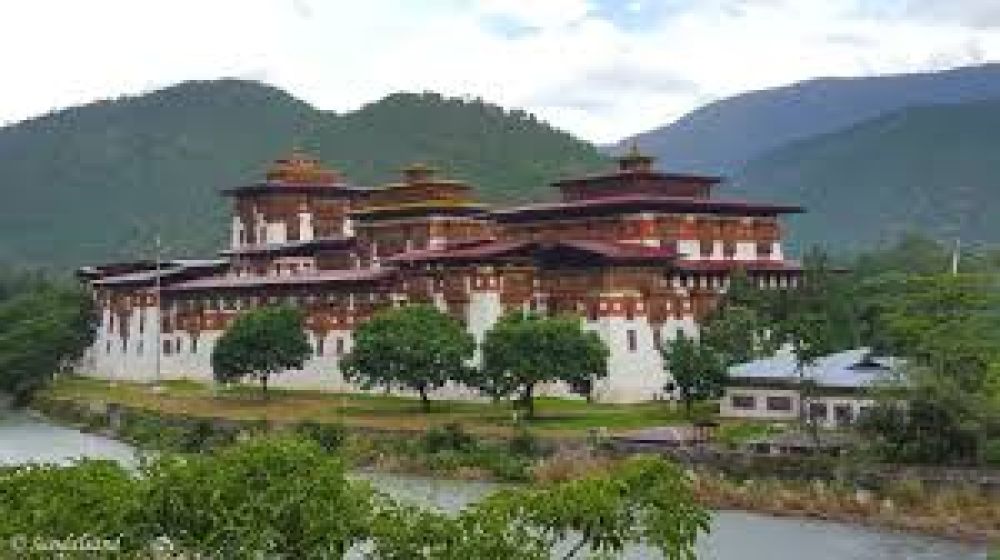

Punakha, a breathtaking valley in Bhutan, has long been a centerpiece in the rich tapestry of Bhutanese history and culture. Formerly the capital of Bhutan until 1955, Punakha is home to the majestic Punakha Dzong, revered as one of the most beautiful and significant dzongs in the country. Nestled at the confluence of the Pho Chhu and Mo Chhu rivers, the dzong serves not only as a religious and administrative center but also as a symbol of the harmonious blend of nature and human craftsmanship that defines this enchanting region.
Tourism in Bhutan, and by extension in Punakha, follows a unique trajectory, largely due to the kingdom's long-standing policy of cultural and environmental preservation. The doors to international tourists were cautiously opened in 1974, coinciding with the coronation of the fourth king, His Majesty Jigme Singye Wangchuck. Since then, Punakha has been an integral highlight for visitors on the Bhutanese tourist circuit.
The introduction of the country's unique "High Value, Low Impact" tourism policy has been pivotal in shaping the history of tourism in Punakha. This approach was designed to safeguard Bhutan's natural environment, rich cultural heritage, and the overall sustainability of tourism. Visitors to Punakha have consistently been enchanted by the serene natural beauty, terraced rice paddies, and the remarkable architecture of the dzong, which stands as a testament to the region’s historical significance.
From the construction of rudimentary guesthouses in the early stages of tourism in Bhutan, Punakha has seen significant development over the years. Today, it boasts an array of accommodation options ranging from cozy homestays to luxury resorts, all built with careful consideration to reflect the kingdom's architectural heritage and to blend harmoniously with the natural surroundings.
Connectivity improvements, such as the development of roads and the introduction of domestic flights to the nearby town of Bumthang, have facilitated tourist access to the scenic valley, allowing more people to discover its hidden treasures.
Punakha has diversified its tourism portfolio, offering a variety of activities. These include thrilling river rafting, serene walks across the Punakha Suspension Bridge, revered as one of the longest in Bhutan, and intimate interaction with local communities through village tours.
The Punakha Tshechu and Drubchen festivals are seminal events that draw both locals and tourists who gather to witness the vibrant performances, religious mask dances, and to soak in the spirited atmosphere. These events have been instrumental in sharing the living culture of Bhutan with the wider world.
Recent trends in Punakha tourism reflect the global shift towards sustainable and responsible travel. Tourists increasingly seek authentic Bhutanese experiences that include cultural immersion, participation in conservation efforts, and engagement in wellness activities like yoga and meditation amidst the serene landscape.
Community-based tourism is gaining popularity, offering visitors a chance to stay with local families and participate in daily life activities. Meanwhile, luxury tourism continues to grow, with the establishment of high-end lodges that provide exclusive experiences without compromising on comfort or the environmental ethos of the region.
Punakha, with its rich history, natural beauty, and deep cultural significance, continues to stand out as a pinnacle of mindful Himalayan tourism. As it adapts to new trends and preserves the unique Bhutanese heritage, Punakha ensures that every visitor's experience is both memorable and respectful of this majestic land.